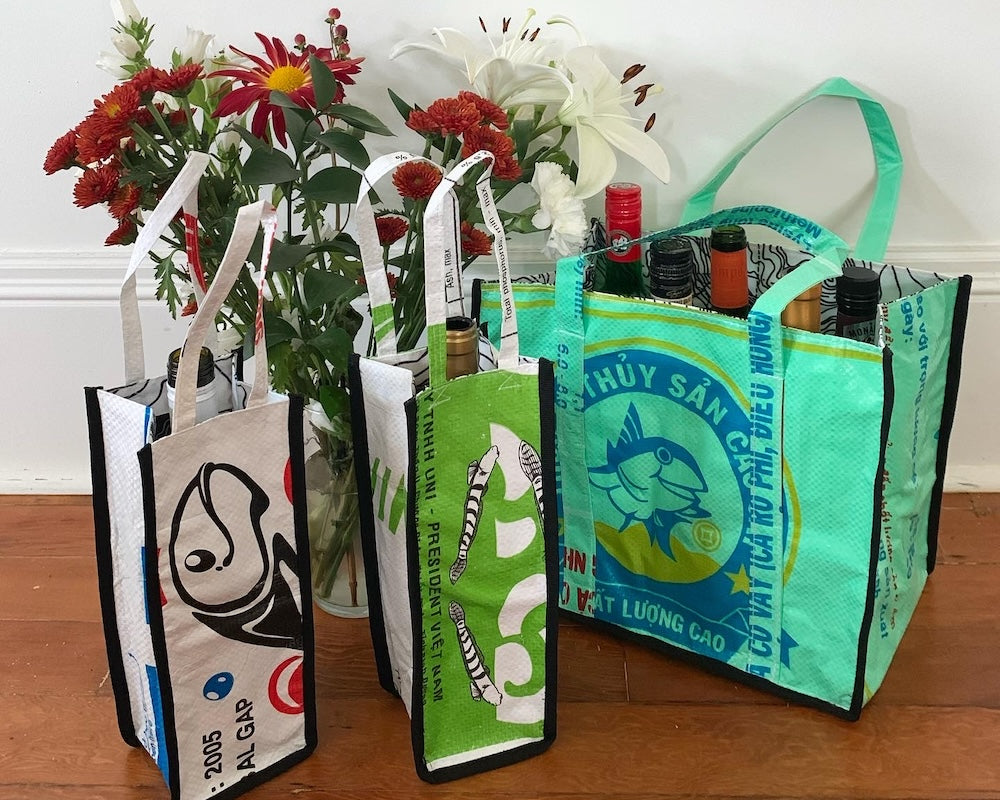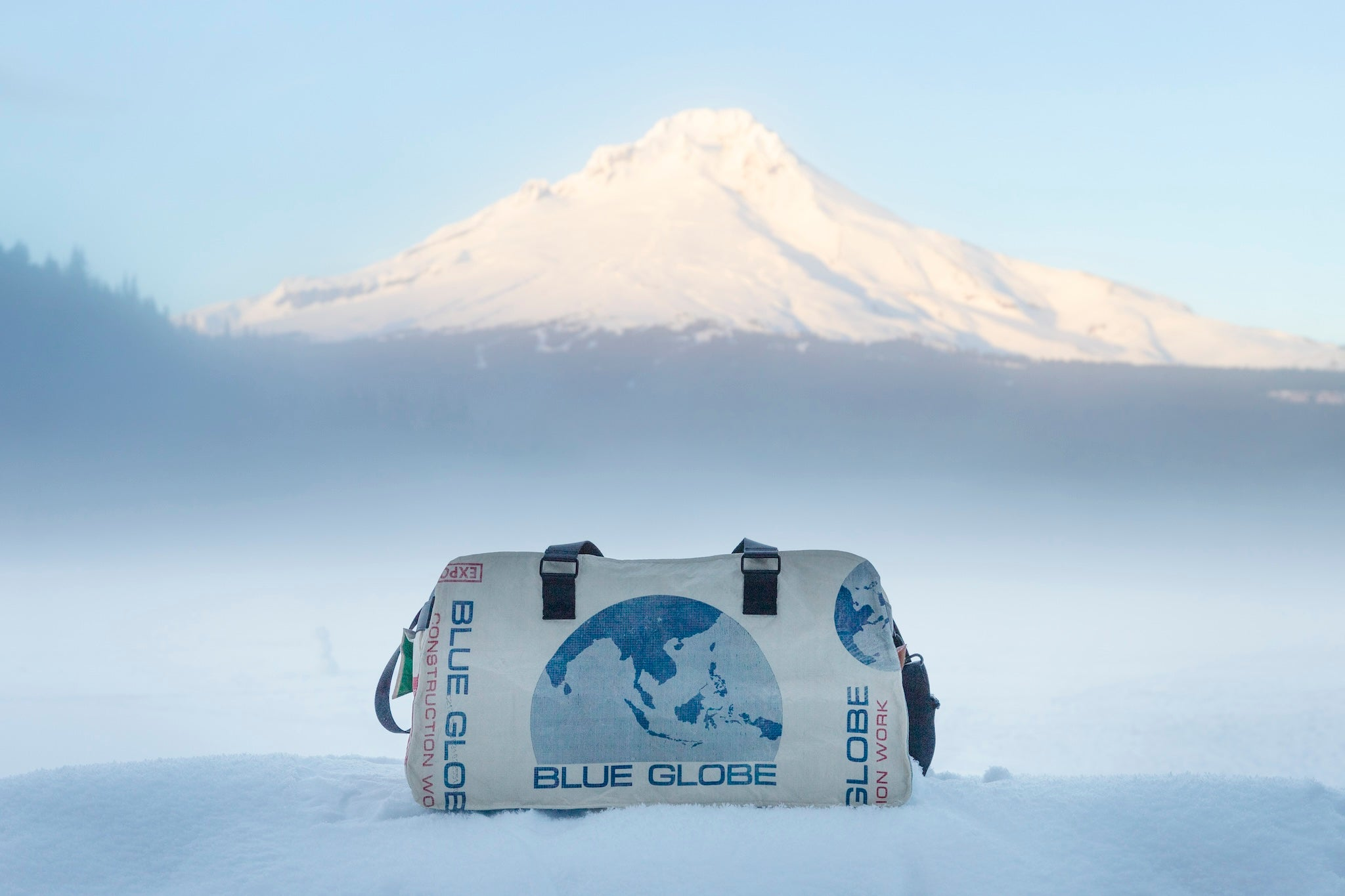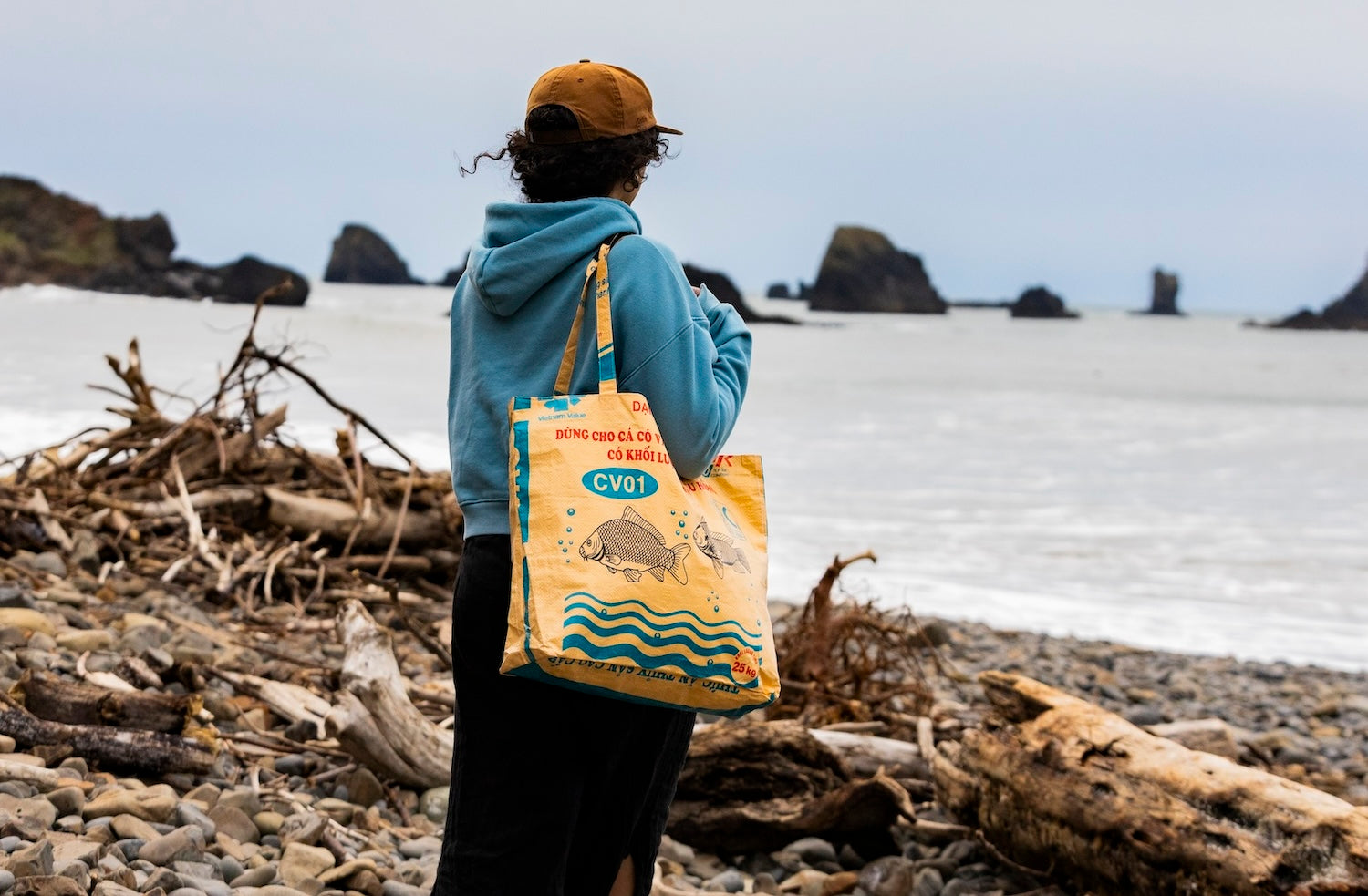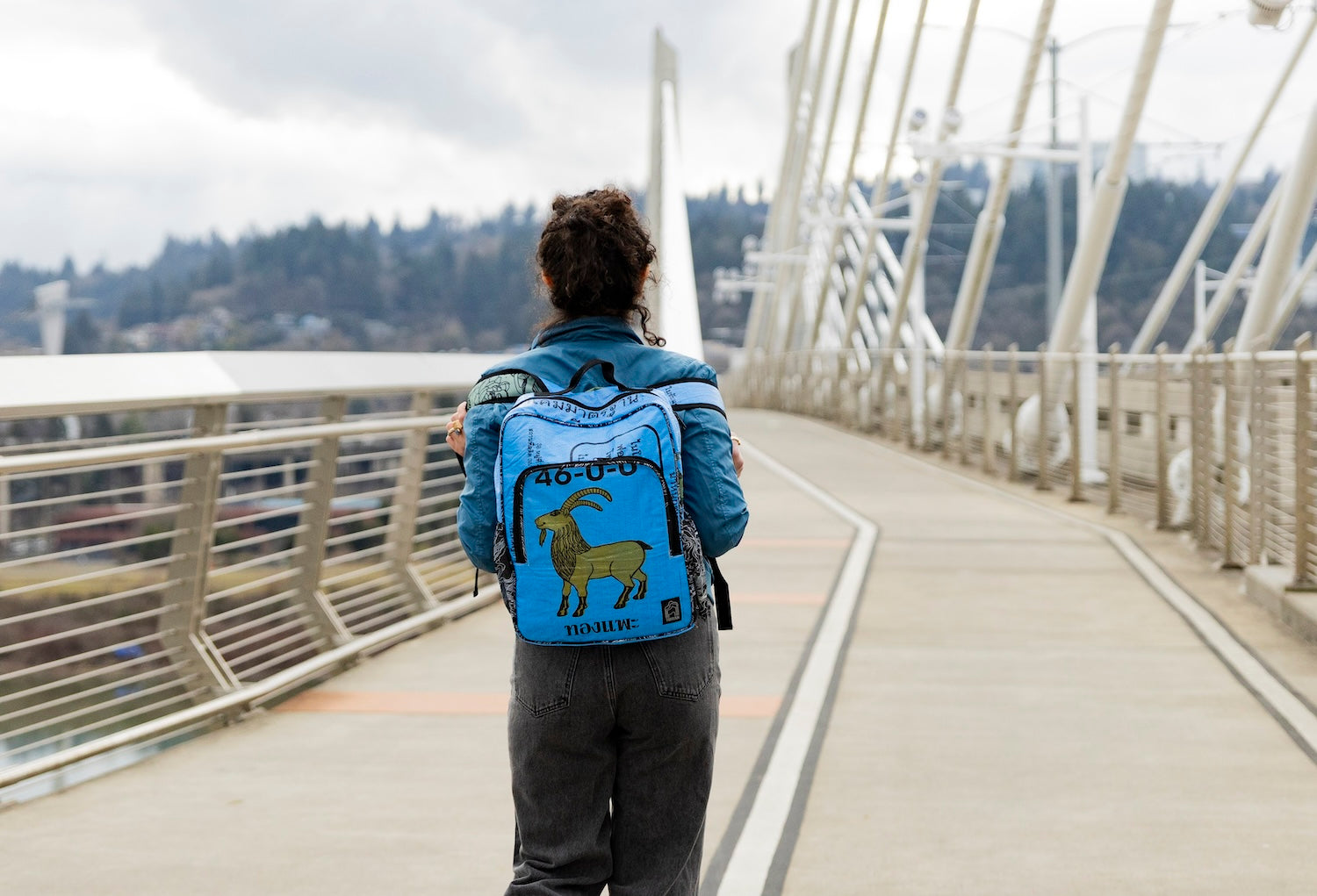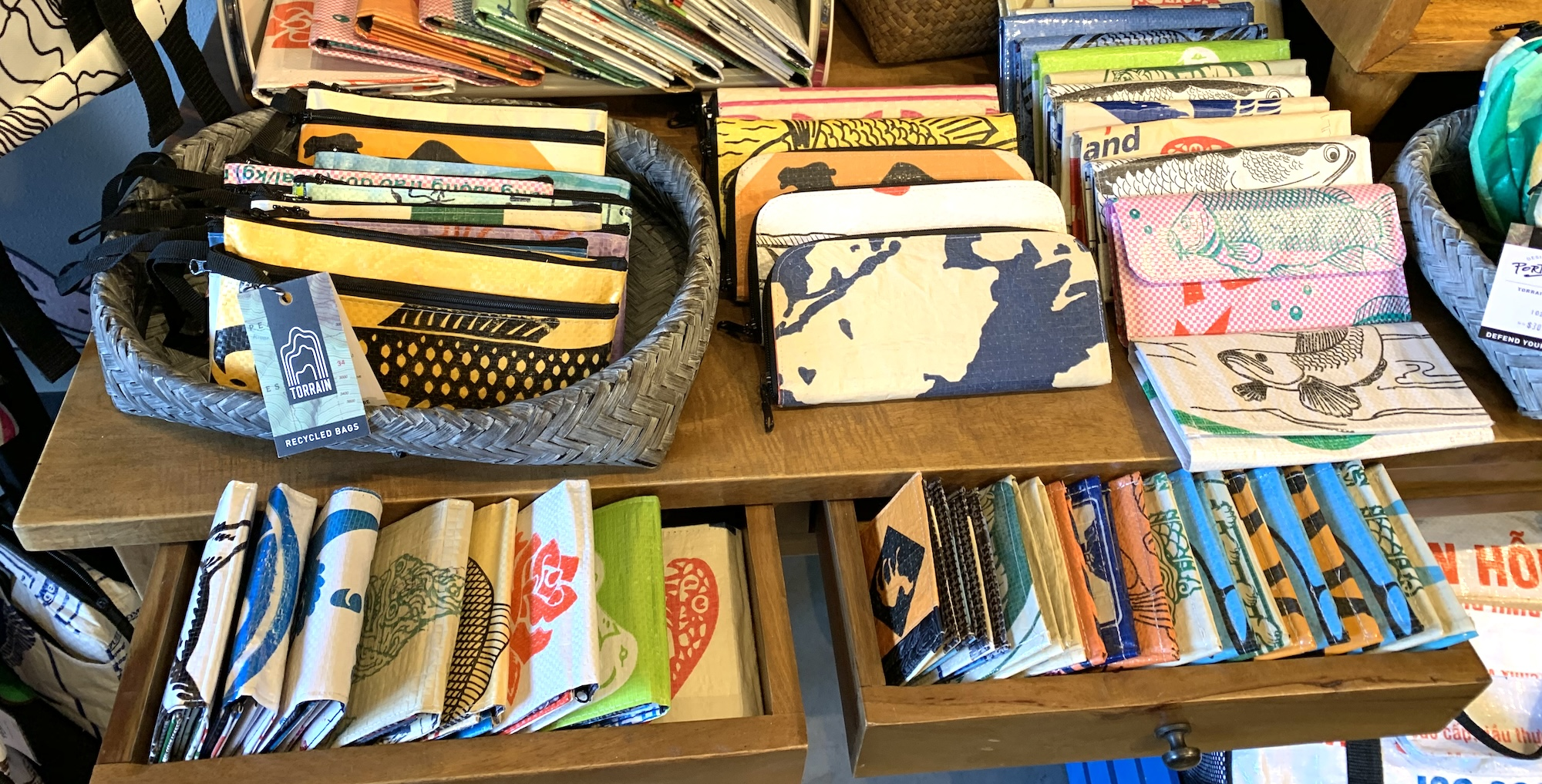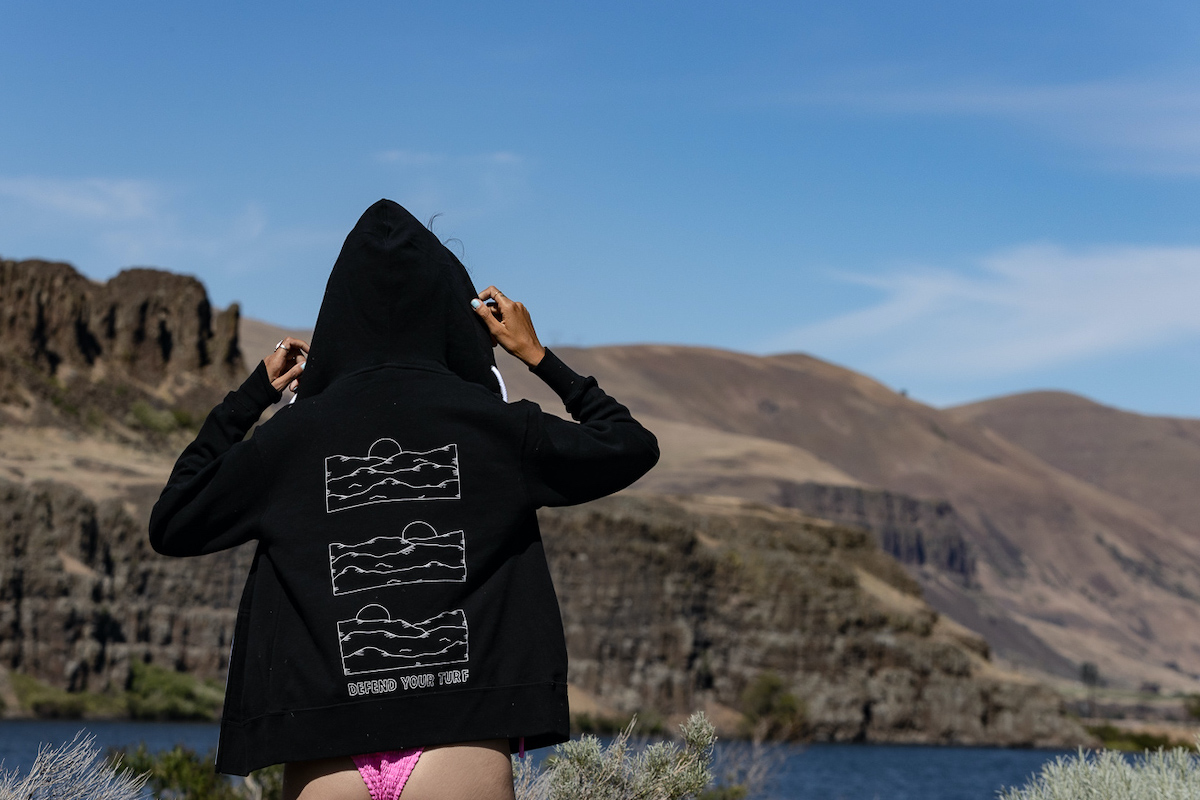Looking back on my youth in the 90's, it was clearly a time of cultural transformation; the birth of the internet, the rise of grunge, thrifting and an explosion of pop culture icons.
The 90's revival has not only been in fashion, but in a larger cultural shift toward sustainability, individuality, and mindful consumerism. Thrifting has been embraced by a whole new generation. What was once seen as a niche or a countercultural activity is now a mainstream movement, intertwined with the aesthetic and ethos of the 90's.
For Gen Z, who are more conscious of the environmental impact of their purchases, thrifting has become both a fashion statement and a political one. With the ongoing growth of online platforms like Depop, Poshmark, and ThredUp, buying secondhand clothing has never been easier, making it a viable option for younger consumers looking to blend sustainability with style. This generation is rewriting the rules of fashion by shopping in a way that defies the traditional cycle of retail.
At the core of the rise in thrift culture is a growing awareness of environmental issues, and living creatively. As the fashion industry has become one of the largest polluters on the planet, many consumers are reevaluating their relationship with fast fashion. The relentless cycle of "buy, wear, throw away" is giving way to a more sustainable approach: buy secondhand, recycle, and repurpose. Thrift stores have become a vital resource in this movement, offering affordable and eco-friendly alternatives to the fast-fashion cycle.
Thrift shopping also allows individuals to curate a unique, one-of-a-kind wardrobe that reflects their personality, often with a nostalgic twist. The appeal of vintage clothing is not just saving money and repurposing, but also finding pieces with history; pieces that tell a story. Even more, thrifting represents a greater interest in the DIY ethos of the past, where personal style wasn’t dictated by trends but shaped by creativity and resourcefulness.
For many, the 90's represent a time of carefree, youthful rebellion; questioning authority, embracing individuality, and celebrating countercultures. The fashion was marked by an anything-goes attitude, where people mixed casual, comfortable clothing with bold statement pieces. The rise of hip-hop and skate culture brought oversized shirts, baggy jeans, and graphic tees into the mainstream and eventually into high-fashion. In many ways, the spirit of the 90's mirrors the current rise of thrifting... as a form of rejecting the wastefulness of modern consumerism. And the ability to emulate the style of the 90's at thrift stores is fitting.
Thrifting, secondhand shopping, and upcycling is more than just a passing trend. It's a shift toward mindful conscious living. The industry is moving toward a more circular economy—one that values longevity and creativity over disposable trends. The resurgence of 90's fashion is just one example of how trends can come full circle, blending nostalgia, sustainability, and creativity—a powerful combination that’s here to stay.
So, the next time you head out to your local thrift store or scroll through Depop, remember: you’re not just embracing a cool style from the 90's. You’re participating in a cultural revolution.


